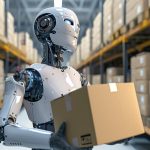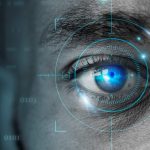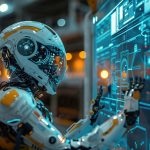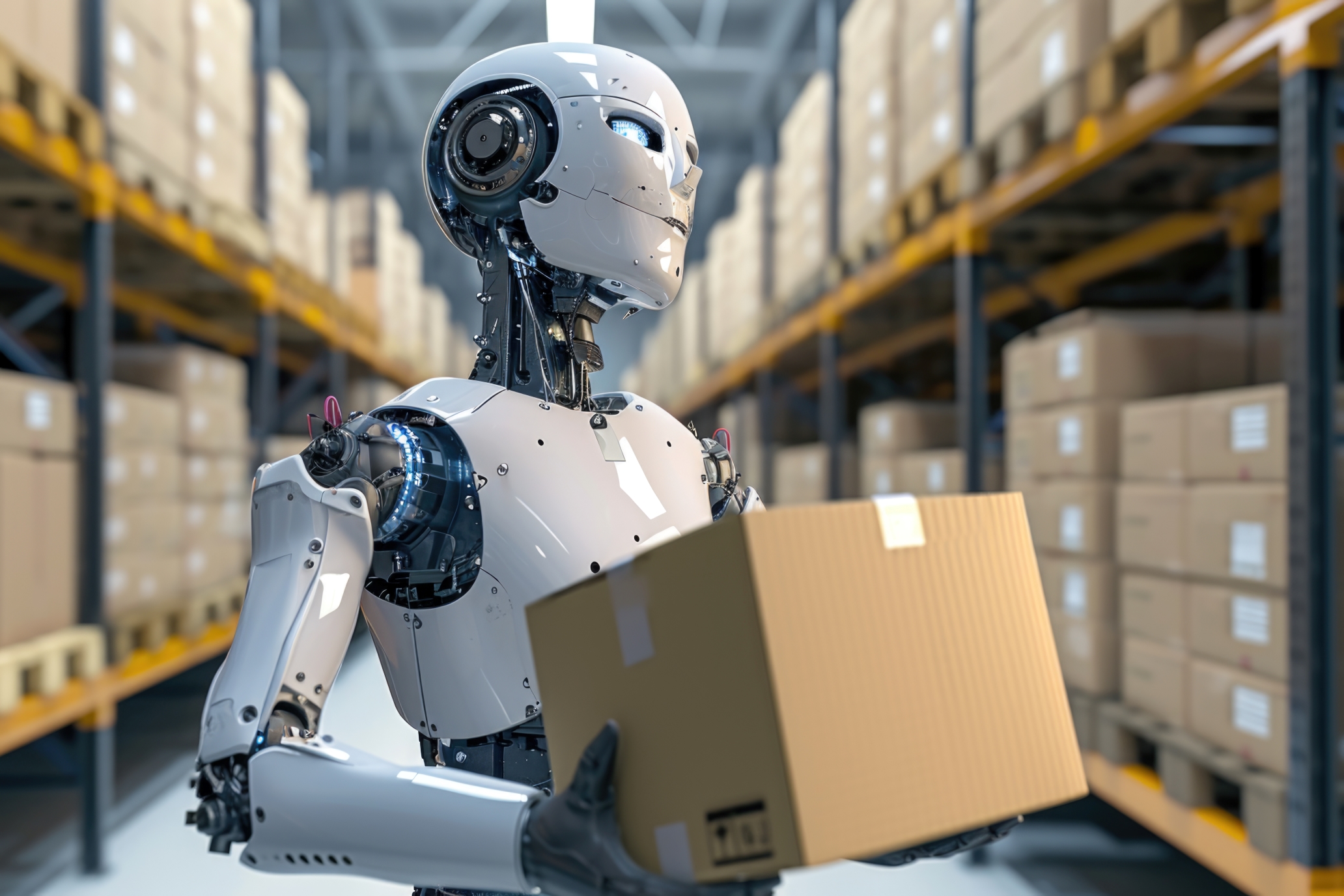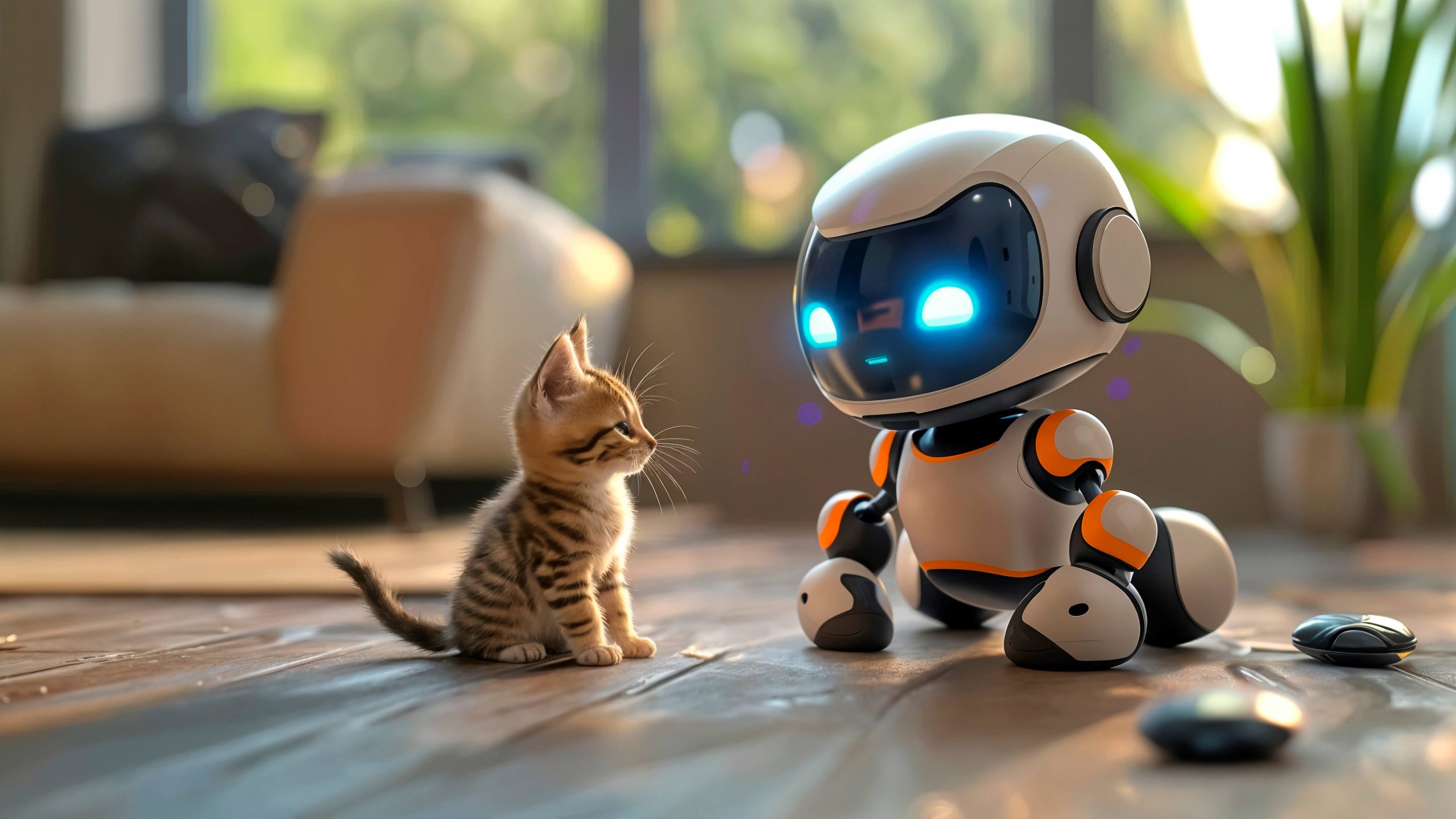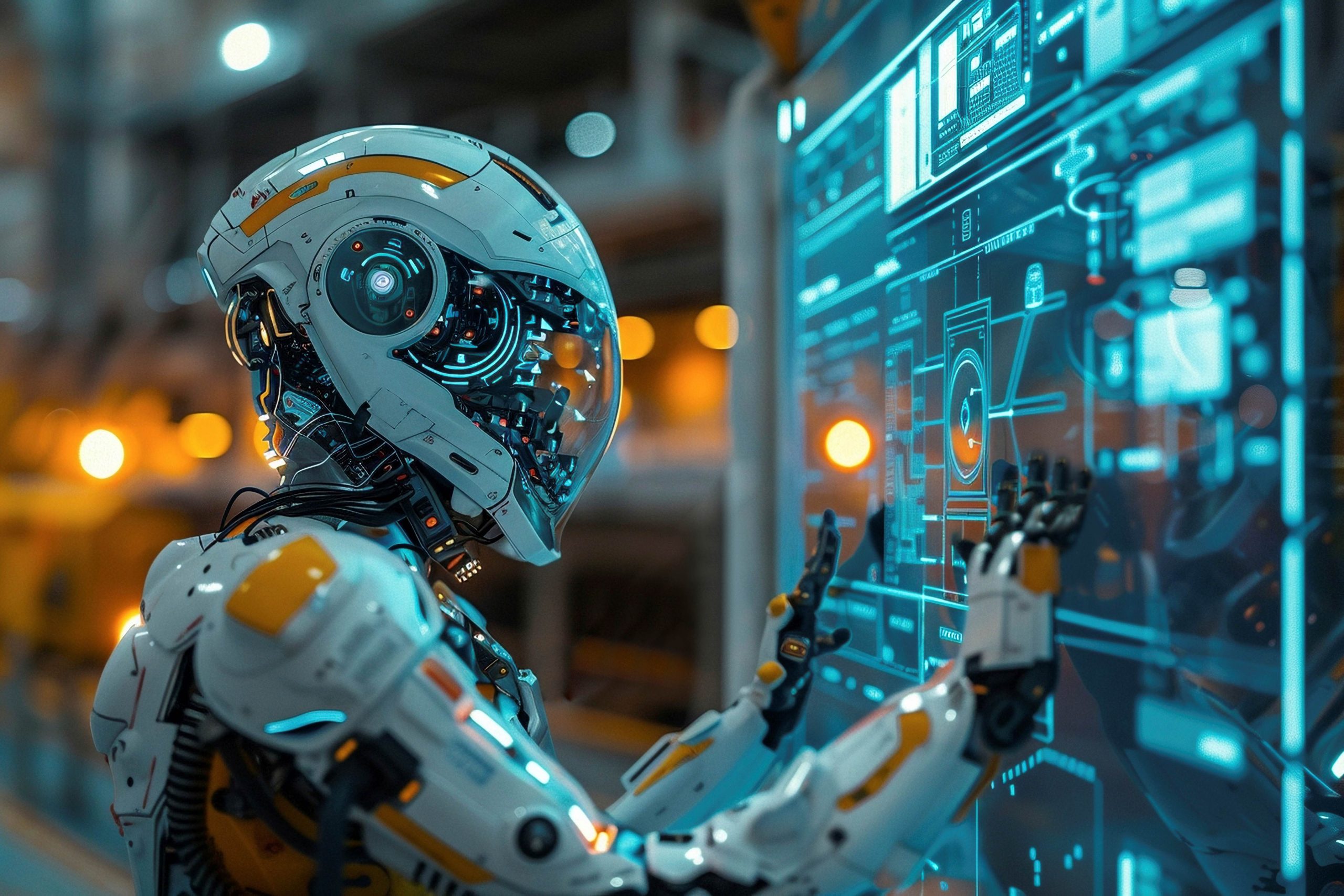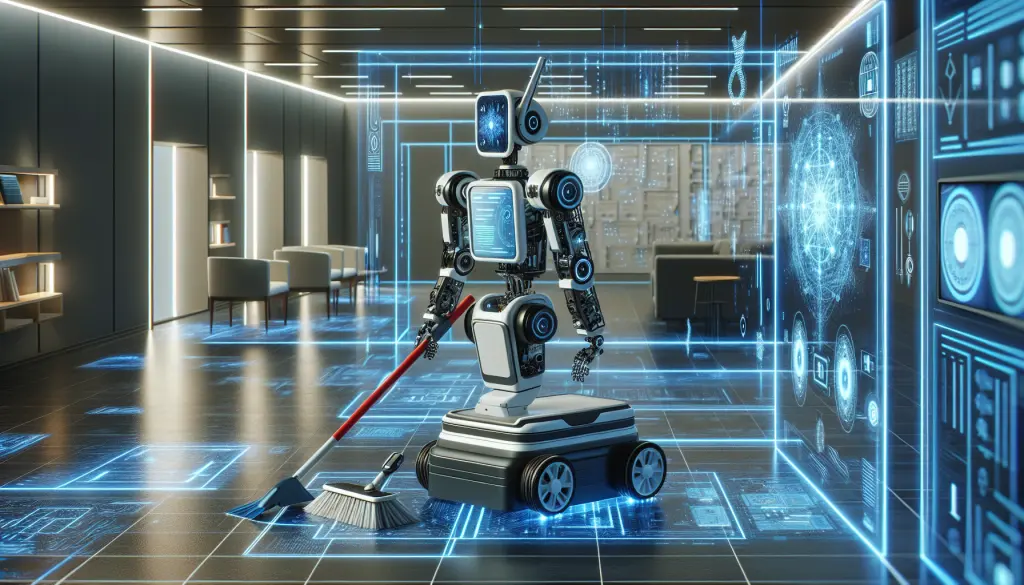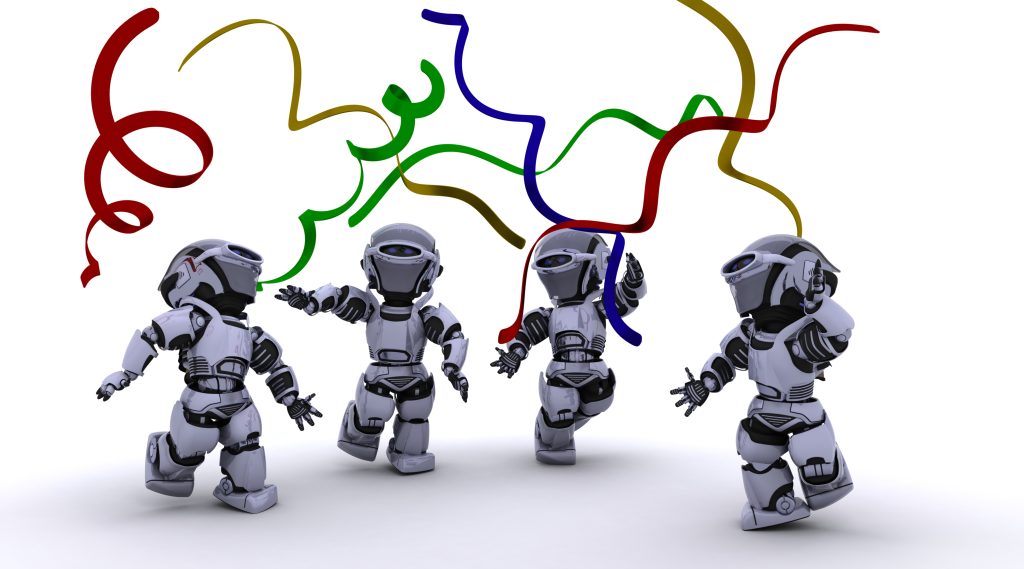
In a world where each day is too short for technology to tread, one company is ready to set the stage for a remarkable Humanoids robotics transformation. Can you think of anyone? Perhaps not really, unless your thoughts were on Nvidia, because you know them as the lead company on graphics processing units in gaming and computer graphics. Well, guess what? That’s not all. Playing games to boundary-pushing products that change everything we thought about robots, Nvidia is not only for video games.
Humanoid Development
What Are Humanoids?
Humanoids are a type of machine engineered to be as close as possible to human beings. Imagine walking and talking robots that even do your laundry! This development is important because it opens up possibilities for robots being used in various fields such as healthcare and manufacturing.
So what’s the big deal? Humanoid robots may be able to accomplish several tasks too dangerous or too mundane for a human to accomplish safely and efficiently—for instance, in hospitals by lifting patients or distributing supplies, or in factories, where they could help build the product as a human would, thus making jobs less tiring and efficient.
Nvidia’s Vision for the Future
Now, talk about ambitious plans by Nvidia with humanoid robotics expansion, but not only that—they want a full ecosystem, marrying innovation in AI to powerful computing. Not just robotics but really tools and platforms to which other companies will create their own.
AI Supercomputers
Expansion on this platform of the usage of supercomputers to articulated intelligence of Nvidia is truly at par excellence. These machines are processing vast sums of data at incredibly rapid speeds. The capacity of these machines is critical in the training of AI systems that will, one of these days in the future, control humanoid robots.
Nvidia Isaac Platform
Perhaps the most intriguing aspect of Nvidia’s strategy is the Isaac platform. This is a platform that allows developers to simulate and train their robots virtually before it hits the real world. It is basically creating a digital twin of the robot wherein one can impose different conditions and see how the robot will behave under such conditions. This way, developers can put the robots through their paces without taking a toll on actual units.
Project GR00T
Nvidia just launched a completely new AI platform tailored for humanoid robots called Project GR00T. It is developing foundational models that would enable time-based learning and adaptation of the robot using advanced machine learning techniques. Essentially, it gives a robot a brain that grows smarter by the experience it gathers!
How Nvidia is Doing It
Nvidia does not work alone. They have partnered with leading manufacturers of robots, software developers, and researchers globally. This is a move crucial in bringing acceleration to humanoid robots in their development. Innovation can come easily to people involved as they can share ideas, knowledge, and resources more quickly and speedily.
Here are some ways in which Nvidia is paving the way:
Development Microservices
Nvidia brought the notion of microservices into development. Microservices provide prebuilt tools to which a developer may resort for simple and fast delivery of new features for robots. Imagine developing a new function for a robot in just a few minutes! That is exactly what microservices from Nvidia try to achieve.
Teleoperation
Using this technology, humans will be able to operate far-distant robots. For instance, developers can train the robots on a list of tasks using demonstrations with tools such as Apple’s Vision Pro. It is much less time-consuming and much more efficient, as teams can quickly obtain large amounts of data.
Data Generation
A humanoid robot needs to learn a humongous amount of data. Developers can produce synthetic data using Nvidia technology. It allows the robots to gain knowledge not only from actual data collected from the real world but also through simulation, which tends to speed up the learning of the robots.
Impact of Humanoid Robots
Imagine a world where robots, as human-like in nature, assist us in our daily activities. Their presence can spur the following spheres:
Healthcare
They can either support operations or other tasks related, for example, carrying patients, or they can emotionally support elderly people.
Home Help
They can assist in cleaning and cooking in the house or remind one to take medication.
Learning Institutions
They can be a teacher or a form of teacher delivering personalized learning to pupils.
Challenges That They May Face
With all the hype and excitement, designing humanoid robots poses challenges in itself. It is definitely not an exercise in giving robots human form, but doing so in a manner that is safe for operation and efficient in performance. Some of the challenges include:
Safety Issues
The humanoid robots should be built in such a manner that no injury can result when interacting with a human being.
Cost of Development
High-end development of robots is costly. This could emerge as a disincentive for full-fledged adoption.
Social Acceptance
As they will penetrate all walks of social life, societies will need to get accustomed to the presence of robots. To get habitual and understand it, they must accept it.
Ways to Explore Further
If you love the world of robots as much as we do, you’ll like the following ways to explore further:
- Learn About Robotics: Take courses on the Internet or read books on robotics and AI to learn more about them.
- Read the News: Corporations like Nvidia publish details about their endeavors frequently. So being well-read can help keep you updated with all the changing technology.
- Discuss: Join online forums or community talks on robotics and share; learn from others in doing so.
The preview of what is in store for us, presented by Nvidia’s push toward the development of humanoid robots, is quite inspiring. They, through their innovative, collaborative technology, are paving a pathway toward a more transformative future that can change the lives of people with the help of a new generation of robots promising to make the world smooth and connected—from healthcare institutes to homes, schools, and beyond.
Well, what is your opinion on humanoids? Happy with the future so clearly placed in your face? Only to begin with; much is yet to be unwound!

